The Camino de Santiago, with its endless variety of routes, allows each pilgrim to find the Camino that best suits their desires and abilities. Today, we will talk about two of the most popular jacobean routes: the Camino Inglés and the Camino Francés. Although both paths lead to the same destination, the city of Santiago de Compostela, they have certain differences that define them. If you’re unsure about which one to choose, we’ll help you learn more about each route so you can make the best decision.
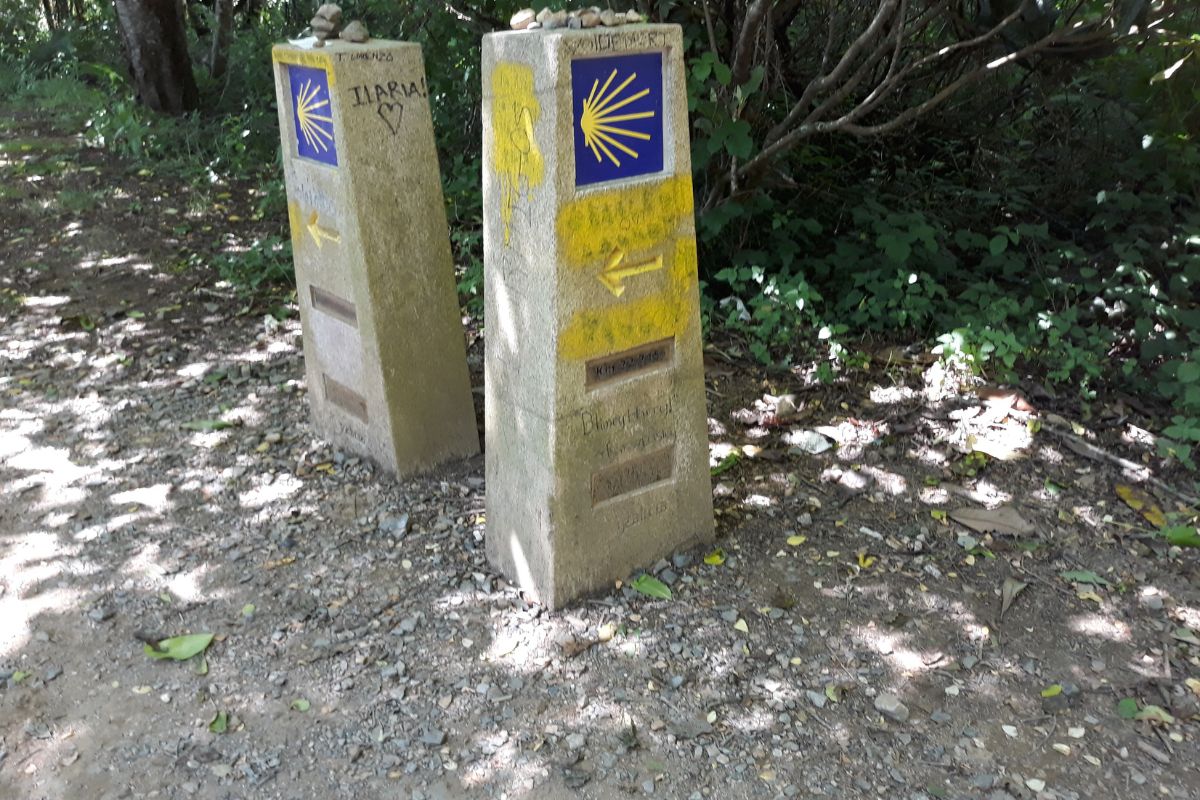
Whatever Camino you choose, you will enjoy it greatly
What’s the difference between these two routes of the Camino de Santiago?
The Camino Francés is, as shown by the statistics of the Camino de Santiago, the most well-known and busiest route, with a highly developed range of services and infrastructure. On the other hand, the Camino Inglés is a quieter option, ideal for those seeking a less crowded experience, although it receives more pilgrims every year. Below, we will dive into the stages and details of each of these paths so you can understand their characteristics better and know which way of the Camino to choose.
The Camino Inglés

On the Camino Inglés, you can enjoy the Rías Altas
The Camino Inglés is one of the oldest routes of the Camino de Santiago. Its origin dates back to the Middle Ages when pilgrims from northern Europe would embark from the southern ports of England and disembark on the Galician coast to go to Santiago de Compostela. In this way, they avoided a long and dangerous journey on foot through France and then northern Spain, that is, via the Camino Francés.
Today, the Camino Inglés can be started from two main points: A Coruña (74 km, 4 stages) or Ferrol (114 km, 5 stages). Perfectly marked and with services, it is one of the shortest routes in Spain and runs through only one province, A Coruña.
Stages of the Camino Inglés from Ferrol
The stages of the Camino Inglés from Ferrol are:
- Ferrol to Pontedeume (29 km): This stage introduces you to the Camino with a pleasant route, crossing rural landscapes and small Galician villages.
- Pontedeume to Betanzos (21 km): The path continues through forests and villages, offering panoramic views and the chance to enjoy local gastronomy.
- Betanzos to Hospital de Bruma (24 km): One of the longest stages, but also one of the most rewarding, with natural landscapes that invite reflection.
- Hospital de Bruma to Sigüeiro (24 km): This stage brings you closer to the city of Santiago, passing through small rural hubs and enjoying the tranquility of the surroundings.
- Sigüeiro to Santiago de Compostela (16 km): The last stage takes you directly to the Plaza del Obradoiro, where you can see the majestic Santiago Cathedral and feel the emotion of having completed the Camino.
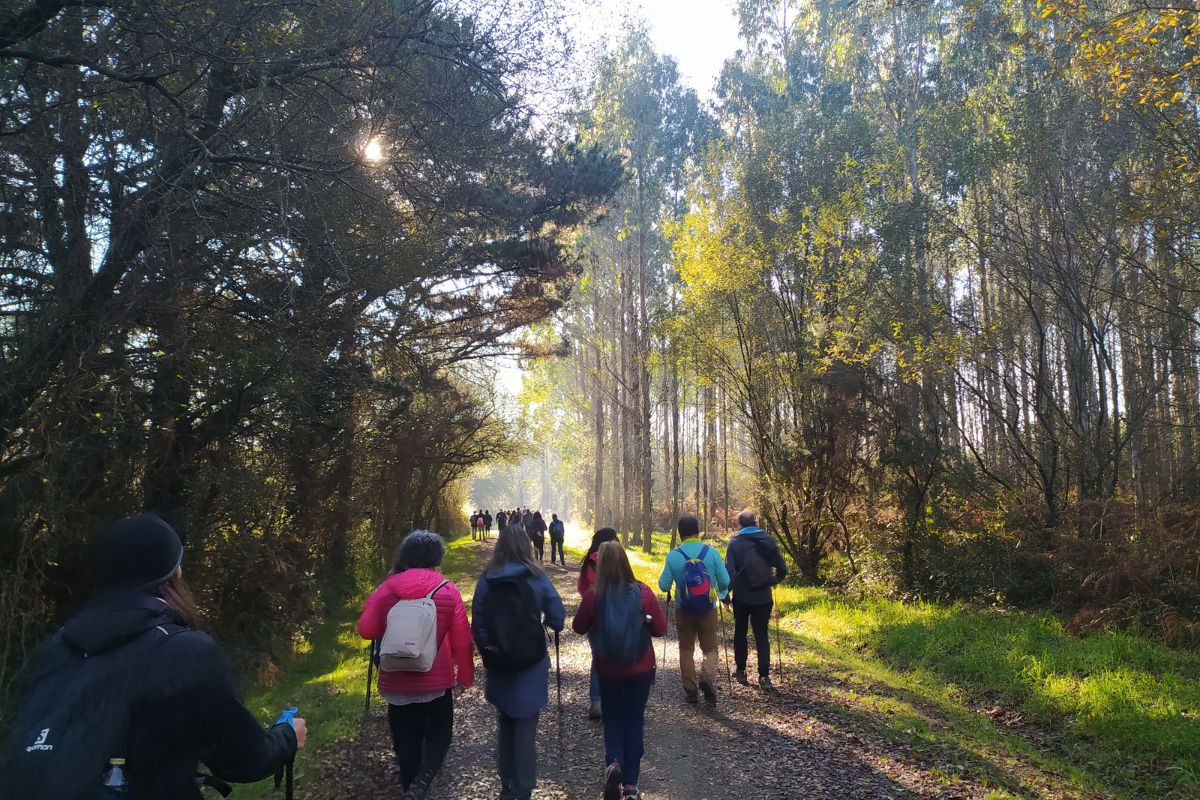
Pilgrims on the Camino Inglés
Stages of the Camino Inglés from A Coruña
The Camino Inglés from A Coruña shares the last two stages with Ferrol, but the first two stages are different. Both converge at Hospital de Bruma. So, from A Coruña, the first two stages would be:
- A Coruña – Sergude (20 km): From A Coruña, the Camino enters the Galician countryside, passing through rural landscapes and small villages. It’s a calm stage surrounded by nature, taking you to Sergude, a perfect resting place.
- Sergude – Hospital de Bruma (13 km): This short section takes you along paths surrounded by forests and Galician villages, with a serene and picturesque atmosphere. The stage finishes at Hospital de Bruma, ideal for resting before continuing your journey.
It’s worth noting that from A Coruña, there are not 100 km, the minimum distance required to obtain the Compostela, so it doesn’t initially allow you to receive it. However, if you complete the remaining distance at your place of residence (about 26 km more), it would be possible.
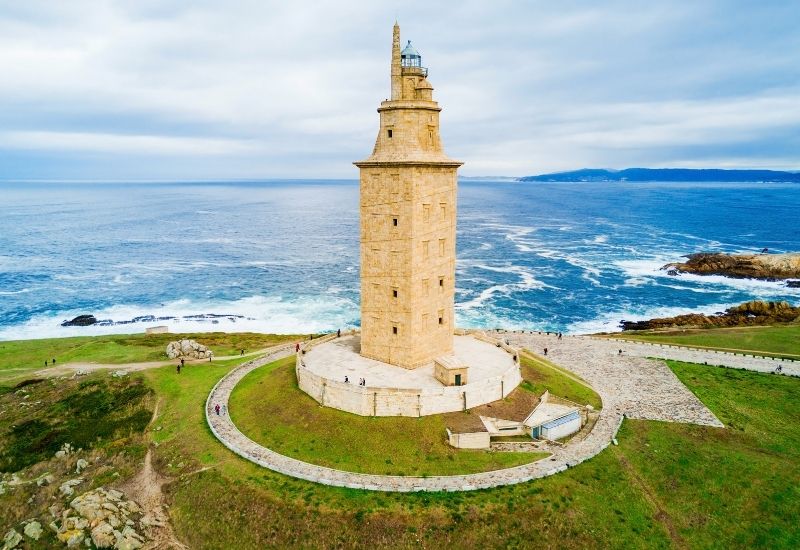
Being able to visit the Torre de Hércules is a great attraction of the Camino Inglés
Landscapes of the Camino Inglés
The Camino Inglés has a characteristic that sets it apart from the Camino Francés and others: its connection to the sea. Starting from two port cities, it allows you to see some of the Rías Altas in Galicia such as those in A Coruña, Ferrol, Pontedeume, and Betanzos. Inland, its rural landscapes are dotted with rivers such as the Mero and Tambre.
Heritage of the Camino Inglés
The Camino Inglés has a lot of historic heritage of great interest. From the famous Torre de Hércules in A Coruña, the military heritage in Ferrol, and the beautiful medieval cities of Pontedeume and Betanzos, the Camino Inglés pleasantly surprises pilgrims.

If you do the Camino Inglés from Ferrol in August, you will see the famous Betanzos Balloon during its festivities
The Camino Francés
The Camino Francés is the route that crosses northern Spain, from the Pyrenees to Santiago. This route is very long, with more than 700 km from its starting point, Roncesvalles, on the Navarra border between Spain and France. Its name comes from the fact that it’s a route that enters from France, connecting the Iberian Peninsula to all of Europe, bringing pilgrims from various nationalities.
Some pilgrims decide to complete the entire Camino, which takes a full month (about 33 stages). However, many prefer to do the Camino in sections, and the most popular section is the Camino from Sarria, which, like the Camino Inglés, is a short one-week route.
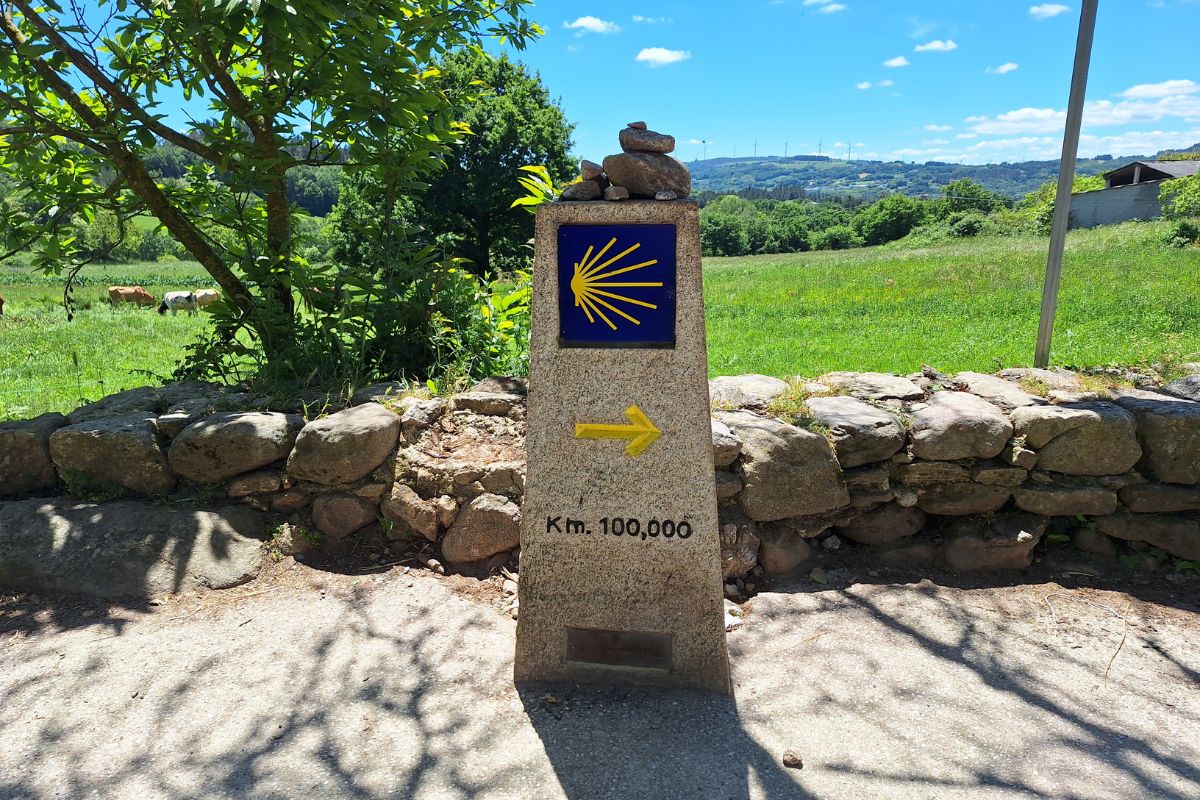
On the Camino Francés from Sarria, you will find the famous 100 km marker
Stages of the Camino Francés from Sarria
If you choose to start this Camino from Sarria, one of the most common options, the distance is approximately 115 km. The stages of this section are:
- Sarria – Portomarín (22 km): A smooth start, ideal to adapt to the rhythm of the Camino. Sarria is a charming small town, and from there, you will head into beautiful landscapes of forests and meadows.
- Portomarín – Palas de Rei (25 km): This stage is a bit more demanding, with rural roads surrounded by nature, but always accompanied by the tranquility that defines the Camino Francés.
- Palas de Rei – Arzúa (29 km): This is one of the longest stages of the Camino Francés, but undoubtedly one of the most satisfying, with rural landscapes and a great feeling of progress toward your goal.
- Arzúa – O Pedrouzo (19 km): This stage takes you through rural roads and eucalyptus forests, with a typically Galician landscape. Along the way, you’ll pass small villages and hostels where you can enjoy local hospitality.
- O Pedrouzo – Santiago de Compostela (19 km): The final section of this journey is the most emotional, as you approach your final destination. As you near Santiago, the paths fill with pilgrims, and the emotion grows as you approach the Plaza del Obradoiro.
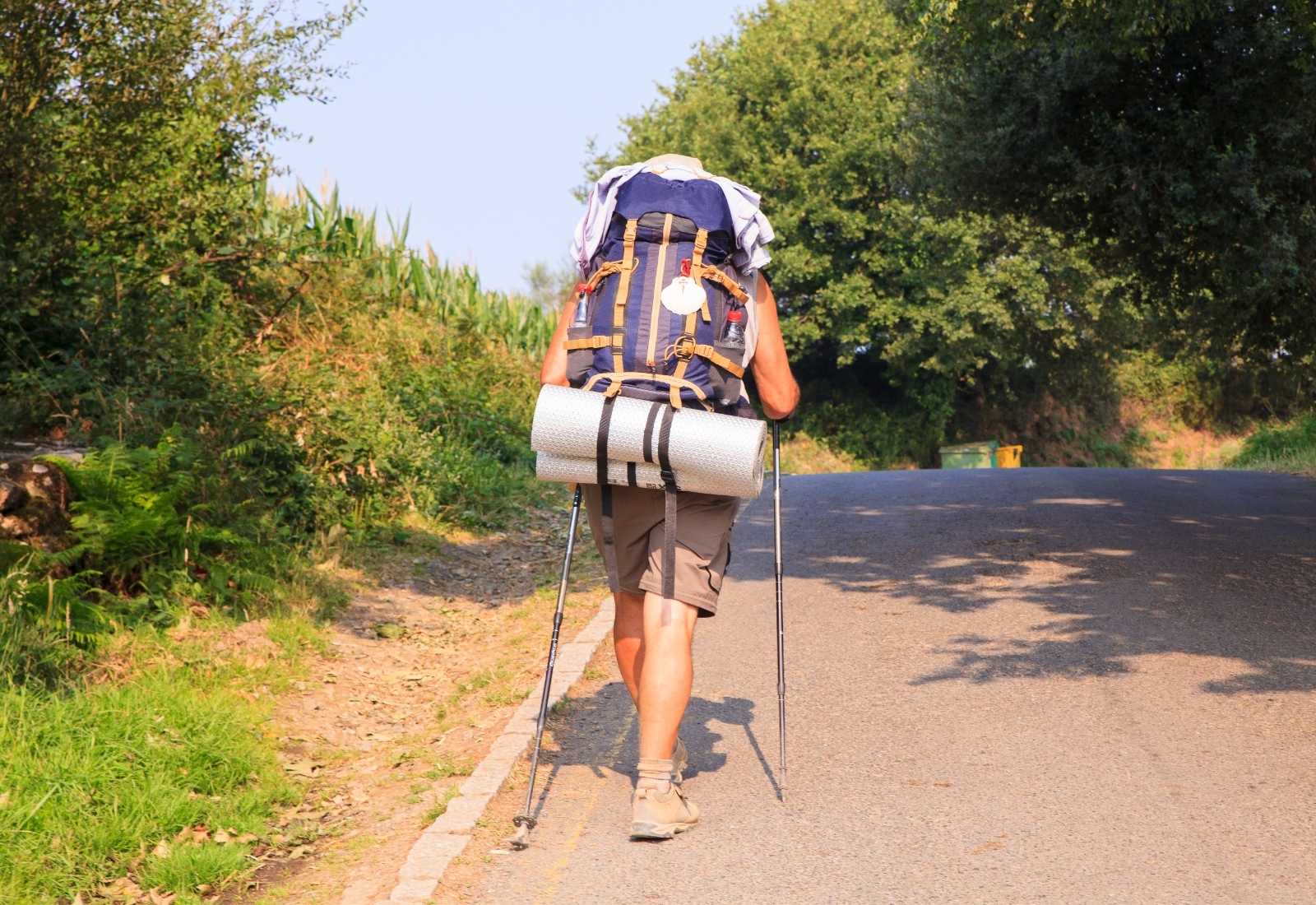
Pilgrim walking the Camino Francés from Sarria
Landscapes of the Camino Francés
Unlike the Camino Inglés, this route has no connection to the sea. However, along its total length, it offers a variety of landscapes that range from the high mountains of the Pyrenees, the Castilian plateau, the Montes de León, the vineyards of El Bierzo, and its entrance into Galicia with the ascent to O Cebreiro. Once in Galicia, it crosses endless hills, green meadows, streams, and its most important river, the Miño River in Portomarín.
Heritage of the Camino Francés
From large and historic cities such as Pamplona, Logroño, Burgos, and León to smaller towns but with a great pilgrim tradition, the Camino Francés is an “outdoor pilgrim museum.” In fact, the origin of the Camino de Santiago and its importance in the history of Europe manifested in the French route, which many define as the “Main Street of Europe.” Bridges, cities, pilgrim hospitals, churches, and monasteries were founded as a result of the passage of pilgrims to Santiago along this route, of which we have historical references in documents such as the Codex Calixtinus and other travel books about the Camino de Santiago, and it is a route declared World Heritage.
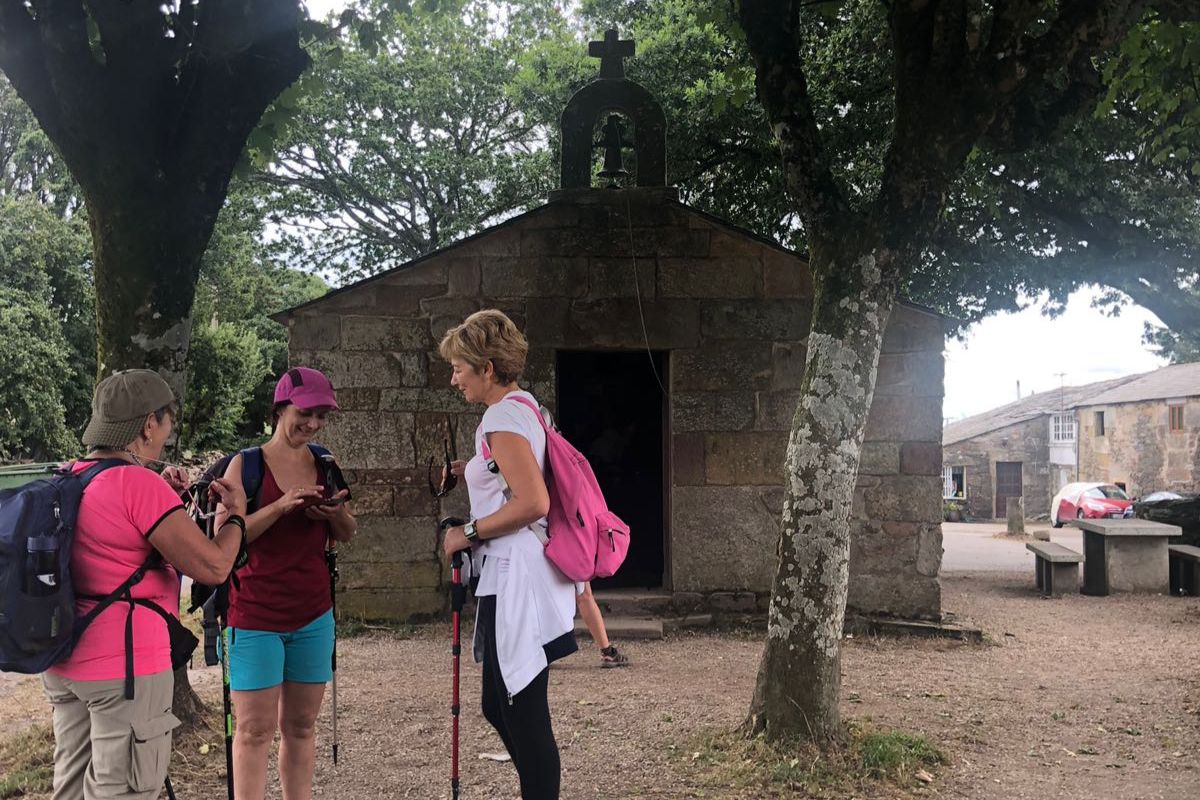
The historical heritage of the Camino Francés is vast, from grand cathedrals to small Templar chapels
Should I choose the Camino Inglés or the Camino Francés?
Choosing one route or the other depends on how much time you have and how much you want to walk. If you want to take a long route, the Camino Francés is the best option, since, as you’ve seen, it has hundreds of kilometers to cover. If you prefer a shorter route, both the Camino Francés from Sarria and the Camino Inglés from Ferrol are very good options. Both routes offer an achievable elevation for any pilgrim, are well-marked, and have sufficient services.
If you are a beginner pilgrim, you probably haven’t walked the Camino from Sarria, and this is often the preferred choice for first-time pilgrims. Its popularity, fame, and abundance of services mean it attracts a large percentage of pilgrims each year. However, if you prefer a little more solitude and tranquility, the Camino Inglés from Ferrol is the best option. Whatever Camino you choose, remember to organize and plan your Camino, and don’t forget that we can help you make your choice an unforgettable experience.

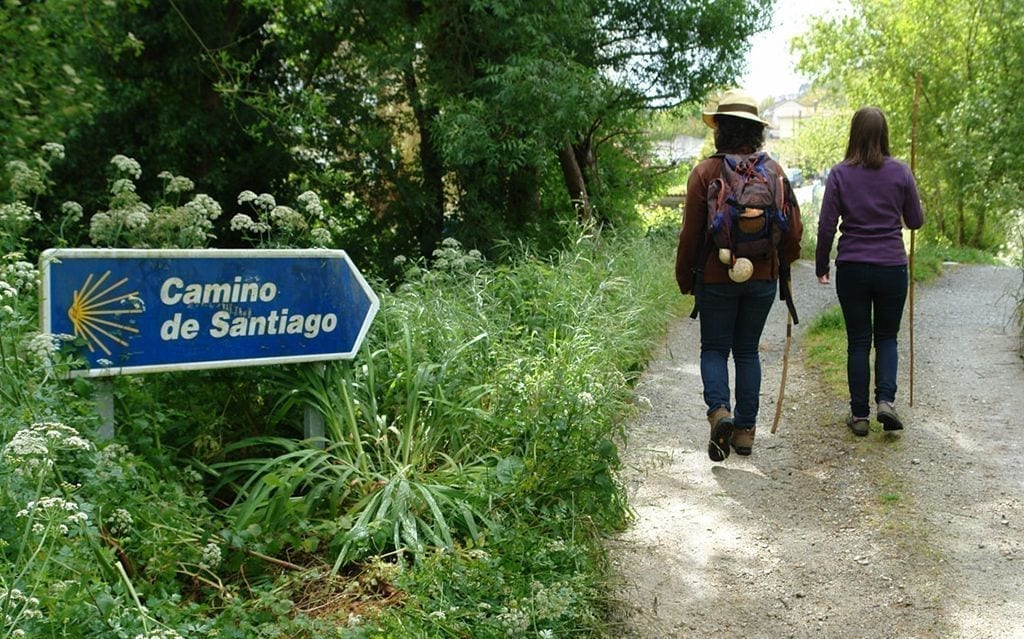










Leave A Comment